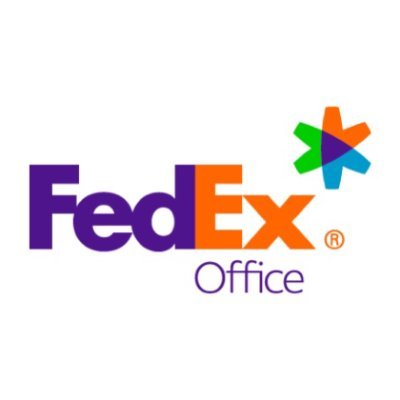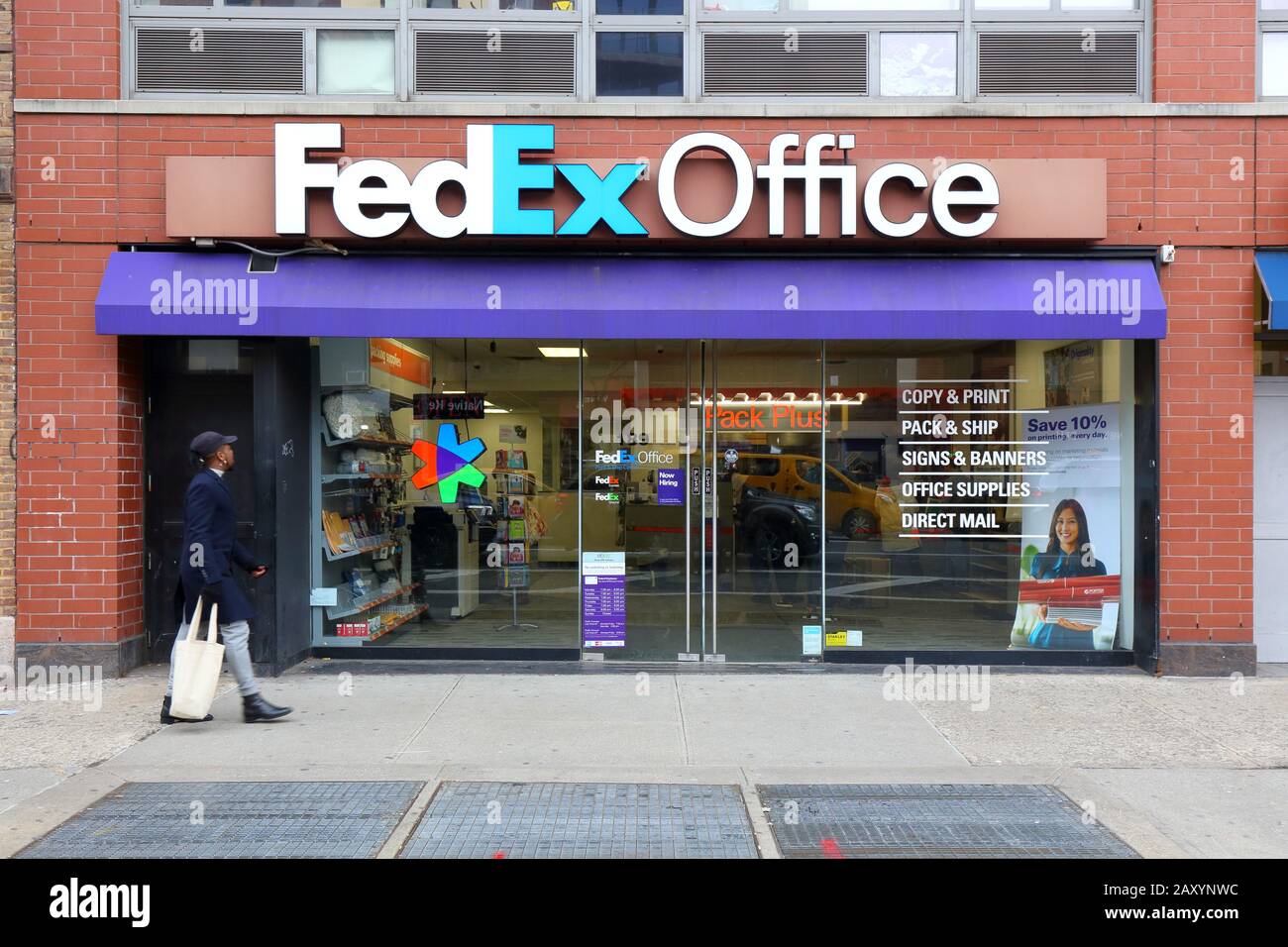

The company's primary clientele are small business and home office clients. To ease customer confusion during the transition period, many stores displayed a large purple sign in the window that said "Kinko's Printing Inside."īrian Phillips is the President and Chief Executive Officer, following Ken May's departure on March 7, 2008. As of early 2010, some stores and branding still showed FedEx Kinko's signage. On June 2, 2008, FedEx announced that they were re-branding FedEx Kinko's as FedEx Office, the retail branch of the FedEx Corporation. After the acquisition, FedEx reduced the hours for many locations. Prior to the FedEx acquisition, most Kinko's stores were open 24 hours a day. In February 2004, FedEx bought Kinko's for $2.4 billion, which then became known as FedEx Kinko's Office and Print Centers. Kinko's corporate headquarters was in Ventura, California for many years, but in 2002, the company relocated to Galleria Tower in Dallas, Texas. However, the new structure also made it easier for CDR to gradually force him out of his own company.

Orfalea and several other key partners believed doing so would decrease time Orfalea spent mediating disputes between different factions of Kinko's partnerships and enable the oldest partners to cash out smoothly and transition to a new generation of managers. All had to be carefully dismantled and rolled into a single S corporation to convert the company to a more centralized corporate-owned business model. By 1997, he had established over 127 Kinko's partnerships.

#Fed ed store series#
The problem was that rather than adopt the traditional franchising model (by which the promoter creates a corporation that sells franchises), he had built the company as a series of loosely connected personal partnerships between each store owner and himself. Orfalea wrote in his autobiography that disentangling him from Kinko's took enormous effort from the lawyers at Gibson, Dunn & Crutcher. Whether you were promoting a new band or publishing a pamphlet on DIY gynaecology or making a fake ID for an underage friend, Kinko's was the place to be. In her study of the role of xerography in urban cultures in this period, the anthropologist Kate Eichhorn recounts:Īt its height of popularity between the late 1980s and mid-1990s, Kinko's outlets in urban centres across North America were catch basins for writers, artists, anarchists, punks, insomniacs, graduate students, DIY bookmakers, zinesters, obsessive compulsive hobbyists, scam artists, people living on the street, and people just living on the edge.

Kinko's played a significant role in the development of American counterculture in the 1980s and 1990s. He left the company in 2000, following a dispute with the investment firm Clayton, Dubilier & Rice ("CDR"), to which he had sold a large stake in the company three years earlier. Its first copy shop, which Orfalea opened with a sidewalk copy machine, was in the college community of Isla Vista, California next to the campus of the University of California, Santa Barbara. Michigan Rules of Court - Federal (Vol.Paul Orfalea, whose nickname was "Kinko" because of his curly hair, founded the company as Kinko's in 1970. II) provides the rules of court needed to practice before the federal courts of Michigan and offers attorneys a compact yet comprehensive procedural law library they can fit into their briefcase.


 0 kommentar(er)
0 kommentar(er)
